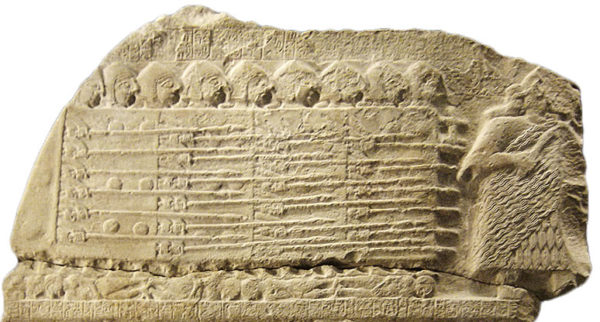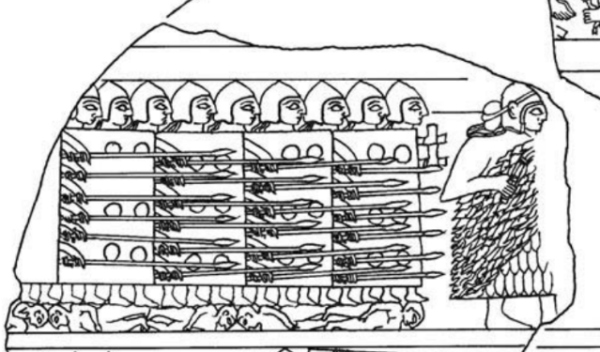With the airing of Game of Thrones’ “Battle of the Bastards” episode, many historians, myself included, offered commentary on how scenes resembled those found in medieval chronicles. One of the more unusual aspects, at least for Hollywood productions, was the piles of bodies on the battlefield. Numerous articles recounted how the episode’s creators were inspired by descriptions from the American Civil War. However, ancient and medieval historians have described how piles of bodies affected a battle.
In tracking down the following ancient examples, I found the whole concept to be a rare event. Keep in mind, I wanted more than a simple pile of bodies; I wanted some indication that those piles were high and obstructed the battle somehow. For example, the Iliad describes a slain king laying under a heap of corpses, but there is no indication on the height of the pile (16.661). Similarly, Livy often refers to “heaps of bodies” in his battle narratives (2.59.8, 4.29.1), which one historian dismisses as “Livian battle coloring.” ((R. M. Ogilvie, A Commentary on Livy: Books 1-5 (Oxford: Clarendon Press, 1965), 284.)) But both Homer and Livy are silent on whether these piles of bodies changed the course of the battle in any way.
Then there are the vague pictorial examples. The Stele of Vultures (2500–2460 BC) is one of the oldest surviving public monuments and it depicts soldiers marching on top of bodies. It represents the victory of the city-state Lagash over its neighbor Umma. ((Irene J. Winter, On Art in the Ancient Near East, vol. 2 (Leidon: Brill, 2010), 5.))

However, this is not a blow-by-blow battle narrative or as historian William J. Hamblin puts it, “the panel does not show the army of Lagash in actual combat, but at the moment of victory.” ((William J. Hamblin, Warfare in the Ancient Near East to 1600 BC: Holy Warriors at the Dawn of History (London: Routledge, 2006), 56.)) Meaning, the stele is symbolic and it is probable that whatever battle this depicted never featured troops walking over corpses.

Thus, none of these will do.
I want ancient accounts of body piles that were frankly on the scale of what Game of Thrones depicted—large enough to affect the course of the battle.
And I found them! From Alexander to Hannibal to Caesar to Constantine, and a few in between, I found 8 ancient accounts of bodies piling up during a battle.
- Battle of Cremera (477 BC)
- Battle of Leuctra (371 BC)
- Battle of Issus (333 BC)
- Battle of Zama (202 BC)
- Caesar’s Account of Bodies Piling up in the Battle of Sambre (57 BC)
- Battle of Bargadas (49 BC)
- Coming soon . . .
- Coming soon . . .
